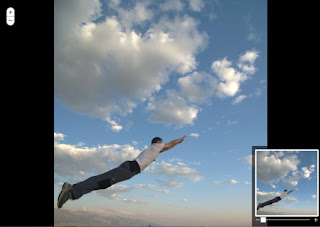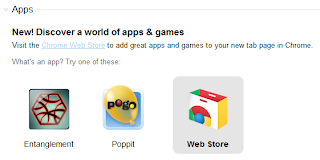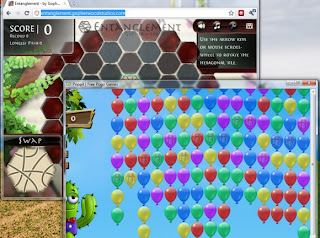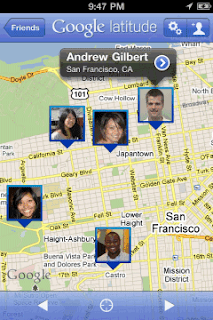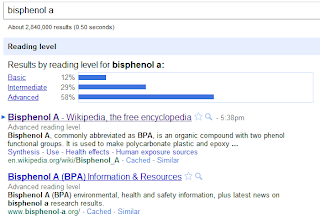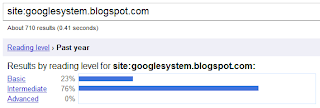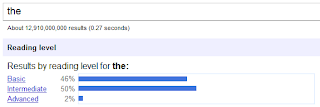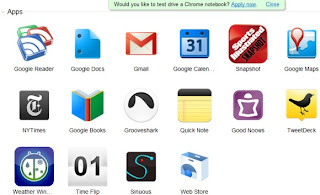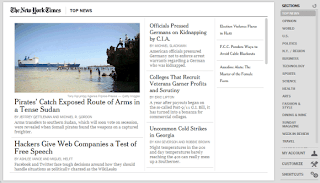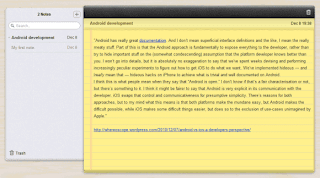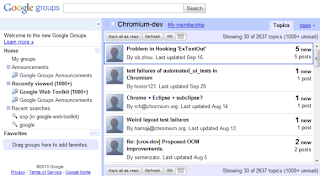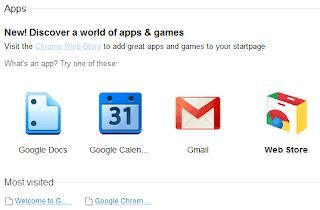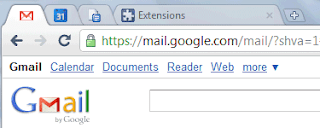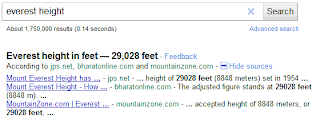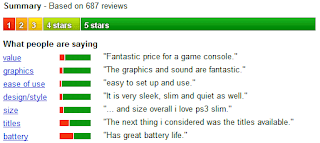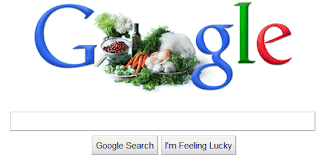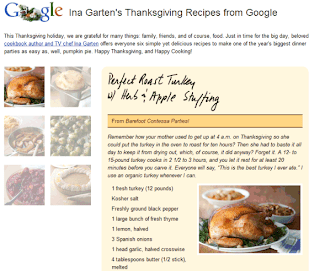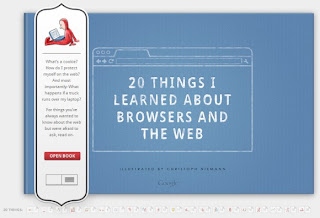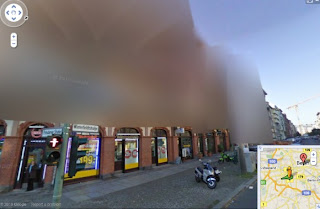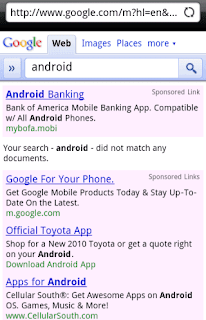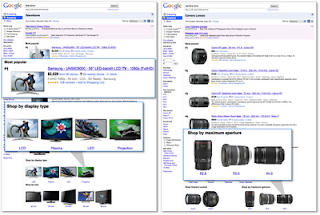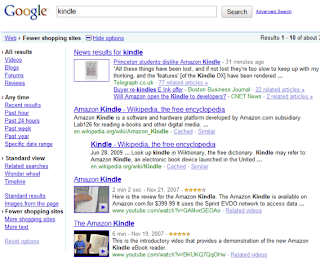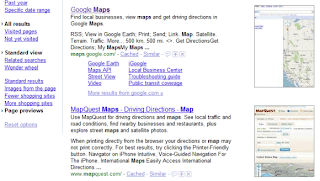Here's a subjective list of Google services that were launched or were significantly improved in 2010:
10. Google Scribe - a examine that shows auto complete suggestions as you type. It will almost certainly become as accepted as Google Suggest and Google Translate once its included with other services.
9. Voice Actions for Android - an submission that lets you control your phone using your voice. You can call your contacts, send email, get instructions, listen to music, write notes and go to a website.
8. Gmail added lots of business-related features (Priority Inbox, email delegation, turning off conversation view), better Gmail Chat (calling phones, video chat for Linux), added a new contact manager, more ways to join files, Gmail for iPad, Buzz integration, search auto complete, You Tube previews and rich text signatures.
7. Google Buzz - in spite of the initial privacy brouhaha, Google Buzz is the most excellent Google service released in 2010. Even if it's less than one year old, Buzz already has an imposing set of features, a powerful API, it's included with many services and has a cool factor that's lost from other Google social products. unluckily for Google, Buzz is not yet very popular.
6. Blogger additional a lot of significant missing features: comment management, comment spam filtering, dynamic templates, a new post editor, better post preview, real-time stats, static pages and much more.
5. Google Docs - a new document editor, earlier Google Spreadsheets, a collaborative drawing editor, a new equation editor, mobile editing, a more consistent interface, uploading any kind of files.
4. Google Maps - vector-based maps for Android, Google Latitude for iPhone, a new local look for service (Google Places), social local business reccomendations, biking directions, walking navigation, Google Earth as a tab in Google Maps, search suggestions.
3. Chrome - 5 major versions released, support for Mac and Linux, a basic interface, faster browsing, autofill, sync, Google Translate integration, bundled sandboxed plugins for Flash and PDF files, Chrome Web Store.
2. Google Search has changed a lot this year and there were loads of user interface changes: from Google Instant to Instant Previews, from interactive doodles to custom backgrounds for the homepage, from perpendicular navigation menus to a consistent interface for most Google search services. Google also launched a completely new border for image search that lets you explore more images and a new search index with real-time updates.
1. Android - two significant releases (Froyo, Gingerbread), huge growth (from 1.4 million smartphones sold in the third quarter of 2009 to 20.5 million phones one year later - according to Gartner) and a lot of original devices, including tablets, TVs, consoles, media players and e-book readers. It's almost certainly the fastest growing product released by Google.
10. Google Scribe - a examine that shows auto complete suggestions as you type. It will almost certainly become as accepted as Google Suggest and Google Translate once its included with other services.
9. Voice Actions for Android - an submission that lets you control your phone using your voice. You can call your contacts, send email, get instructions, listen to music, write notes and go to a website.
8. Gmail added lots of business-related features (Priority Inbox, email delegation, turning off conversation view), better Gmail Chat (calling phones, video chat for Linux), added a new contact manager, more ways to join files, Gmail for iPad, Buzz integration, search auto complete, You Tube previews and rich text signatures.
7. Google Buzz - in spite of the initial privacy brouhaha, Google Buzz is the most excellent Google service released in 2010. Even if it's less than one year old, Buzz already has an imposing set of features, a powerful API, it's included with many services and has a cool factor that's lost from other Google social products. unluckily for Google, Buzz is not yet very popular.
6. Blogger additional a lot of significant missing features: comment management, comment spam filtering, dynamic templates, a new post editor, better post preview, real-time stats, static pages and much more.
5. Google Docs - a new document editor, earlier Google Spreadsheets, a collaborative drawing editor, a new equation editor, mobile editing, a more consistent interface, uploading any kind of files.
4. Google Maps - vector-based maps for Android, Google Latitude for iPhone, a new local look for service (Google Places), social local business reccomendations, biking directions, walking navigation, Google Earth as a tab in Google Maps, search suggestions.
3. Chrome - 5 major versions released, support for Mac and Linux, a basic interface, faster browsing, autofill, sync, Google Translate integration, bundled sandboxed plugins for Flash and PDF files, Chrome Web Store.
2. Google Search has changed a lot this year and there were loads of user interface changes: from Google Instant to Instant Previews, from interactive doodles to custom backgrounds for the homepage, from perpendicular navigation menus to a consistent interface for most Google search services. Google also launched a completely new border for image search that lets you explore more images and a new search index with real-time updates.
1. Android - two significant releases (Froyo, Gingerbread), huge growth (from 1.4 million smartphones sold in the third quarter of 2009 to 20.5 million phones one year later - according to Gartner) and a lot of original devices, including tablets, TVs, consoles, media players and e-book readers. It's almost certainly the fastest growing product released by Google.

